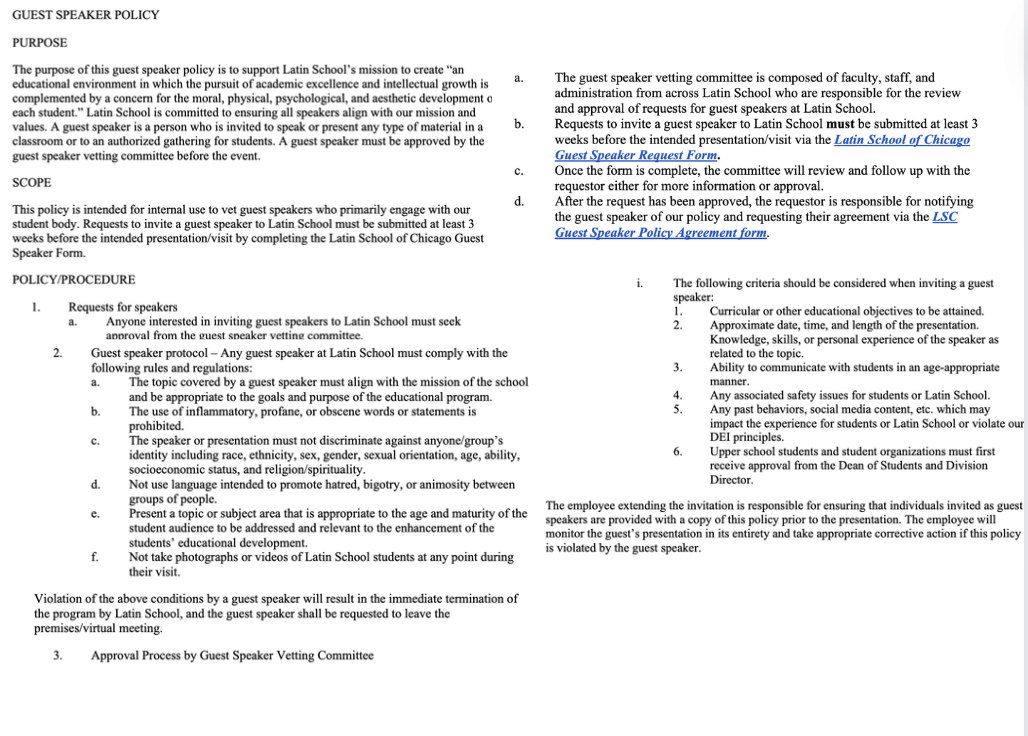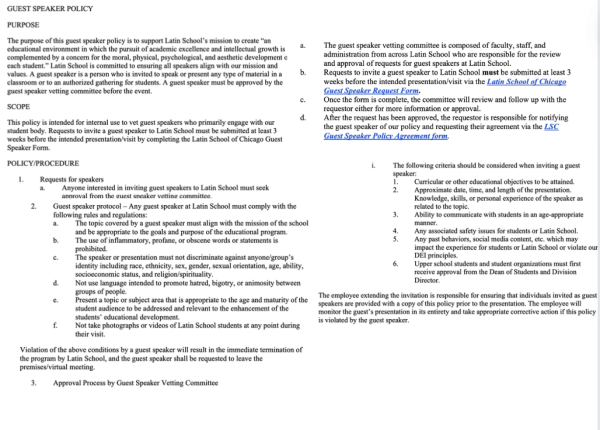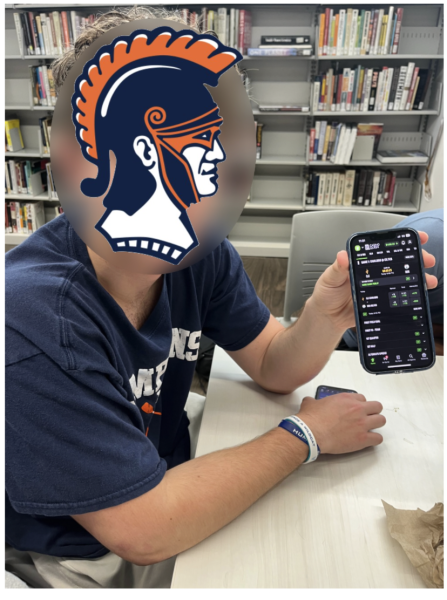The Benefits of Remote Learning
As a new academic quarter with more comprehensive in-person learning begins, students have had an opportunity to reflect on their remote learning experiences. From new class times to the unfamiliar addition of asynchronous work to longer hours on a screen, the switch from in-person to virtual school was jarring, to say the least. However, with time, remote learning has brought more benefits than one might expect.
Unsurprisingly, the most popular element of remote learning among the student body is the sleep schedule. Junior Naomi Altman said, “Instead of waking up at 6:00 AM every morning, I have been waking up at 8:00 AM thanks to not needing to commute to school. Those extra two hours of sleep have had positive effects on how much I can focus in class and my overall productivity.”
It’s no secret that sleep is a commodity for high schoolers, and even one extra hour a night can have a significant impact. “Having a later start time is nicer than people think,” freshman Reese Benford said. “It allows me to stay up later the night before—I have more time to do homework, get ready for the next day, and even do things that I enjoy to alleviate stress.” Freedoms like these, however small, do add up. Allocating time to decompress, especially during this unprecedented era, is more necessary than ever.
When looking at the bigger picture, sleep is only one pillar of students’ livelihood, and while hours staring at a screen is certainly not ideal for adolescent minds, some counter that school from home allows for a better balance of learning and relaxing. “Remote learning is flexible, and can accommodate the need for a mental break between classes,” senior Nick Pranger said. “I get more time to unwind, and I’ve noticed that being home has actually made me calmer when taking assessments.”
Finding the good in such unusual circumstances has proven rather conducive to a positive outlook on the current learning format. Naomi said, “When I take time to reflect, I realize that remote learning has been much less stressful than traditional in person school so far, mostly due to the extra time we get on assignments and flexibility that it affords.”
Reese agreed. “One of the biggest benefits of this situation is that I choose how to spend my time outside of class,” she said. “In school, breaks are often limited to sitting in one spot or doing one thing, but now I am able to use my free time to get my homework done, instead of cramming all of my assignments in later in the evening.”
Beyond the spelled-out advantages of virtual school, it is also worthwhile to examine how it can pose a more comforting alternative to in-person learning. There are evident safety risks to attending school physically, but often the impacts that it can have on students’ mental health are neglected. Senior Freddi Mitchell noted, “On the one day I went into school, I was anxious the entire day. It honestly made my mental health much worse, because I was constantly worrying about getting the virus and bringing it back home to my parents.”
As cases in Chicago rise, there is greater discomfort among students, adding more incentive to the virtual setup. “Ideally, Latin would pick one or the other—fully remote or fully in person—but, given the current spike in COVID, I am content being home,” Nick said. “Admittedly, going in a couple times a month isn’t very good for my routine.” For the sake of both students and faculty, the current hybrid plan is something that will require deliberate consideration upon entering the second semester.
After a few months of experience, it’s safe to say that students have gotten into their own unique remote-learning rhythm. Many are quick to focus on the drawbacks of attending school virtually without acknowledging the potential benefits. And while there certainly are drawbacks, for the time being it may actually be more productive to take advantage of the extra freedom at home.

McKenna Fellows (‘22) is a senior at Latin, and is elated to serve as one of this year’s Editors-in-Chief. She is an avid reader and writer, and in...
















































